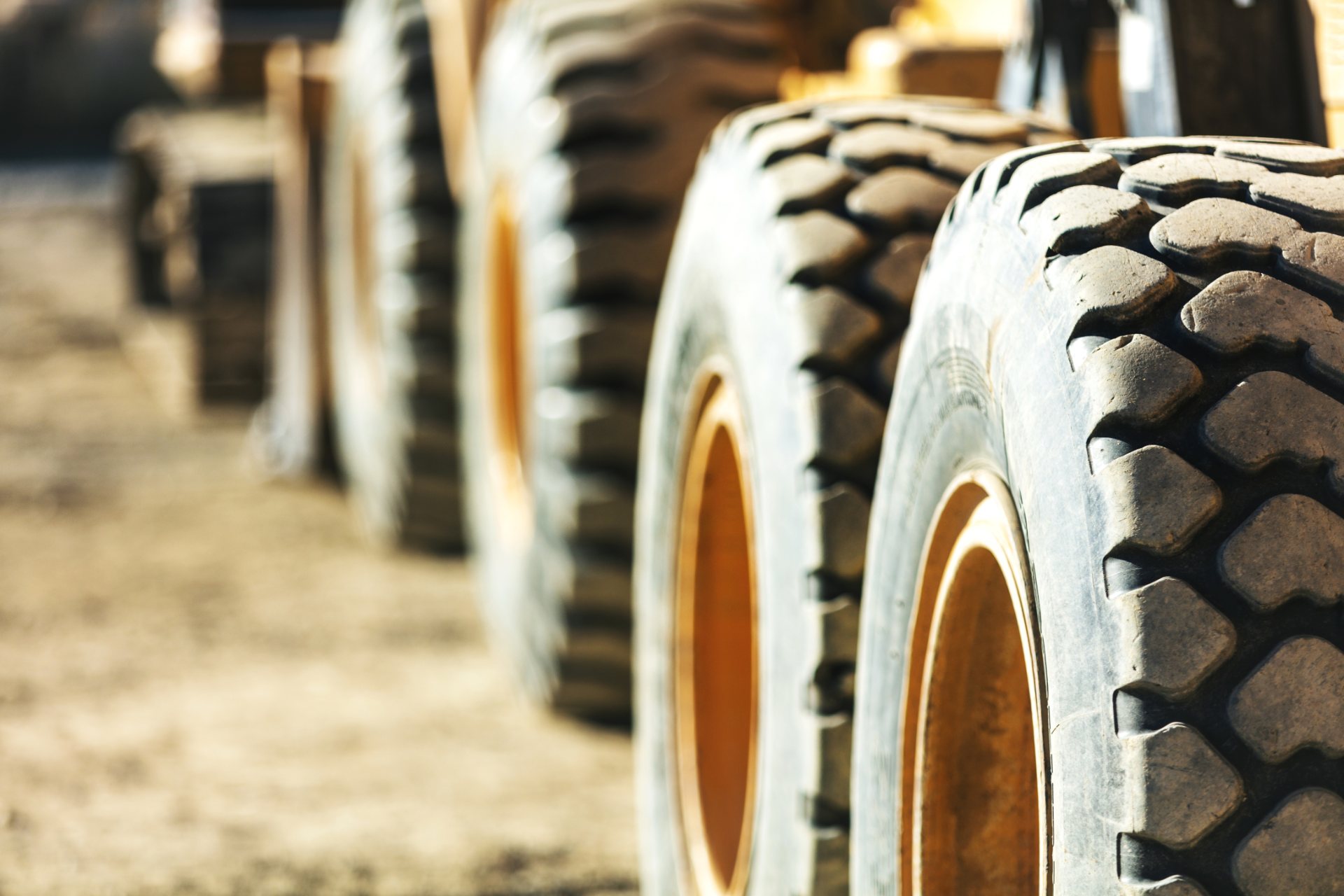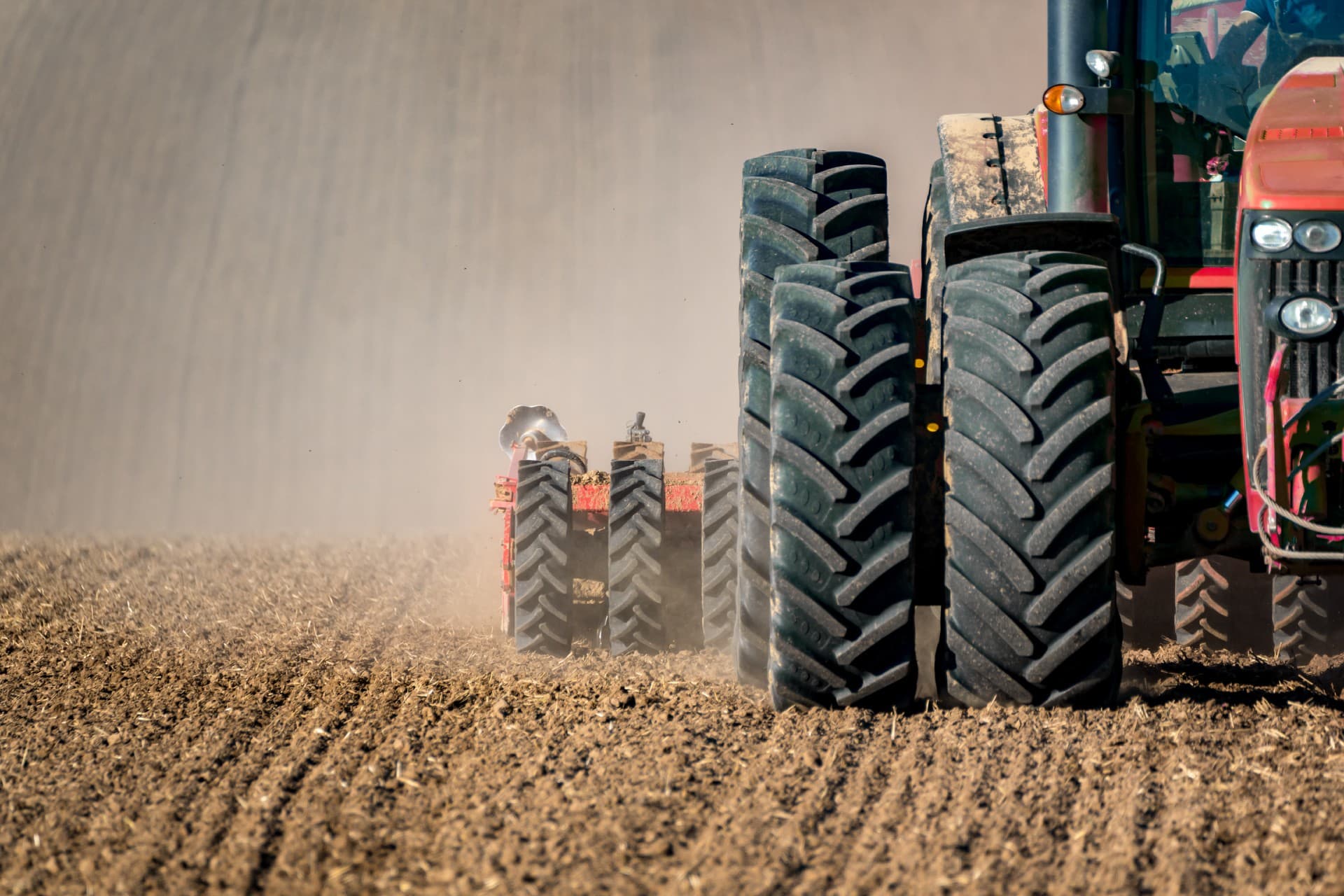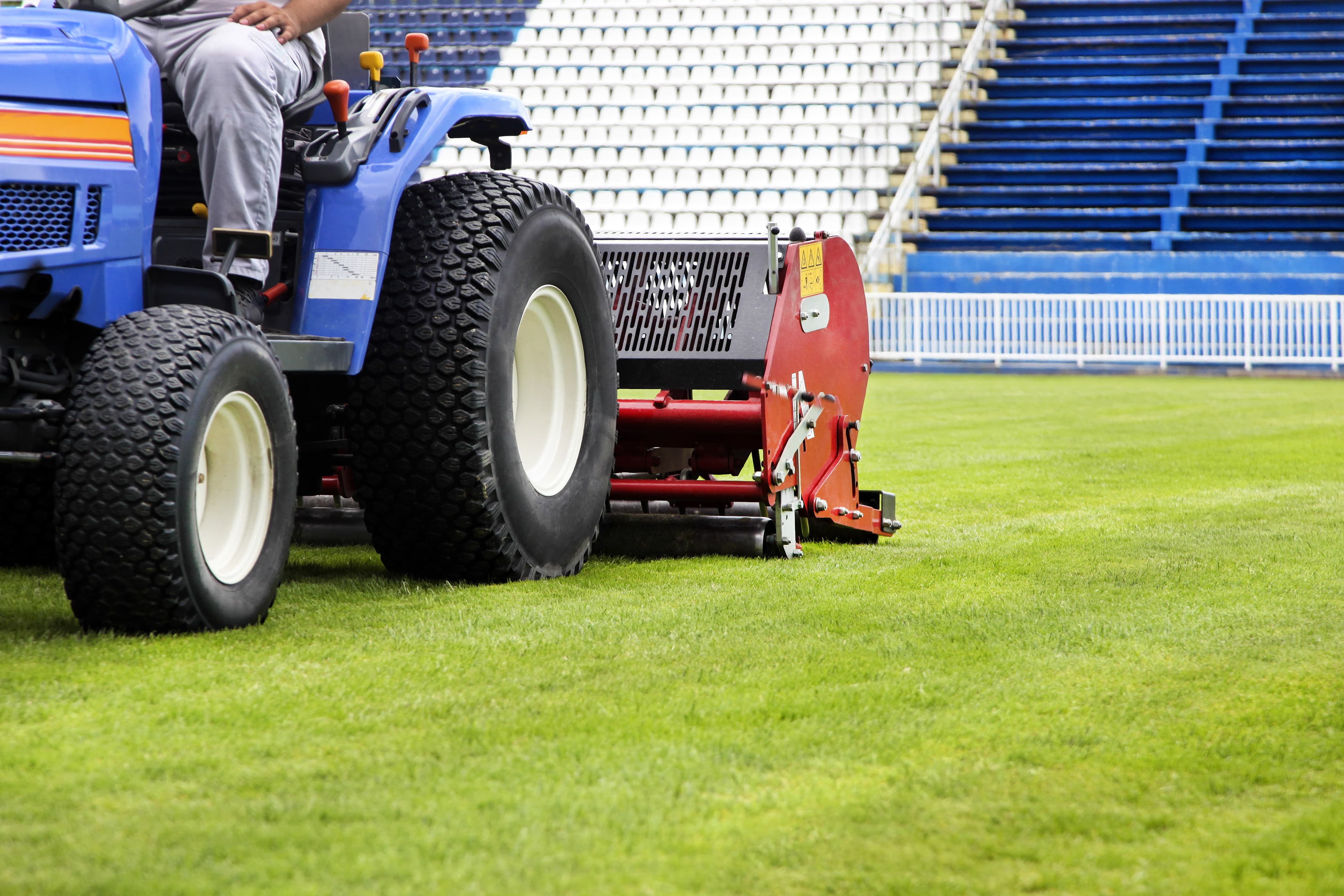How to Maintain Construction Brakes Through Proper Braking Techniques
Share this
Construction vehicle brake maintenance involves more than just regular inspections and cleaning. Correct use is vital to their longevity, too.
Without proper braking techniques, braking systems on construction vehicles wear out faster, becoming less effective and potentially hazardous at job sites.
Let’s look at wear and tear concerns and several crucial ways you can maintain your construction brakes by applying the proper techniques.
Possible Wear & Tear from Poor Braking
Panic braking, riding brakes down inclines, and other poor techniques create excessive wear and tear due to overheating from excess friction, hurting effectiveness and lifespan.
On dry disc brakes, that’s primarily seen in brake pads and rotors, but calipers are susceptible, too.
The most common types of wear and tear:
- Brake pad glazing. Too much heat hardens the pads into a smooth glaze — meaning less friction against the rotor.
- Brake pad tapering. Riding or not fully releasing brakes creates uneven pressure on the pads, leading to uneven use and a tapered or wedged shape that won’t make contact as well.
- Brake rotor warping. Overheating warps rotors and disrupts their function.
- Brake caliper damage. Unusual changes to pads or rotors can lead to caliper damage or sticking as it attempts to press uneven or smooth pads against deformed surfaces.
Vehicle operators and construction site managers can’t afford this loss of functionality. That’s why it’s essential for managers to train (and drivers to follow) safe driving habits and braking best practices.
5 Best Practices for Construction Equipment Braking
1. Obey Load Limits
Smart braking starts with not overloading dump trucks, forklifts, or trailers. Pushing vehicles beyond what they can carry makes it harder to stop or control them and puts undue strain on all braking components.
2. Anticipate the Terrain
Not all braking scenarios come with a warning, but anyone operating a construction vehicle must know the site well enough to recognize what’s around every corner. Drivers who understand the layout should know where and when braking is needed. With that knowledge comes a lower chance of getting caught off guard and suddenly hitting the brakes.
3. Use Progressive Braking
Unless a sudden emergency stop is needed, applying gentle force and gradually increasing it on the brake pedal as the vehicle slows is a sustainable way to stop. With an even distribution of force, brake components don’t experience excessive friction.
4. Adapt to Poor Conditions
Vehicle operators must adjust their driving to the weather conditions. Muddy or slippery surfaces require a change in braking techniques to keep the vehicle under control. Cadence — or stutter — braking may be necessary, where drivers pump brakes in a slow and steady rhythm to avoid skidding.
5. Maintain Safe Following Distances
It’s always important to allow plenty of room between vehicles. This way, if one vehicle stops suddenly, the following driver has time to brake smoothly rather than stomping hard for an abrupt, forceful brake.
Subscribe to Our Blog for More Insight
At Hayes, we don’t just make and sell brakes. We live them and breathe them. Our passion for innovating the right brakes for the right vehicles goes back to the end of World War II — and we’re primed for decades more.
This blog entry is one of many available and coming, covering brake topics for all markets we serve — powersports, heavy equipment, electric, specialty, and bicycles — and fueled by the experiences and insights of our own passionate engineers and industry experts.
Subscribe to our blog today and receive notifications of new entries right to your inbox.
Subscribe to our blog!
Related blogs
Section Intro
Help visitors get the basic idea within a few seconds, so they understand what this section is about.

The Importance of a Construction Brake System Inspection
Heavy equipment brakes — particularly in the construction industry — are critical to instantaneously stopping massive amounts of weight and momentum. In a best-case scenario, brake failure can result...

Dry Disc Brakes vs. Wet Disc Brakes
Brakes are brakes, right? Not exactly. Two of the most common braking systems — dry disc brakes and wet disc brakes — operate in unique ways and aren’t necessarily interchangeable.
Let's explore the...

Custom Brakes vs. Stock Brakes in Turf Care
Turf care vehicles equipped with the wrong brakes put property and rider safety at risk. Each turf care vehicle — from residential riding lawn mowers to golf course fairway mowers — needs brakes that...
